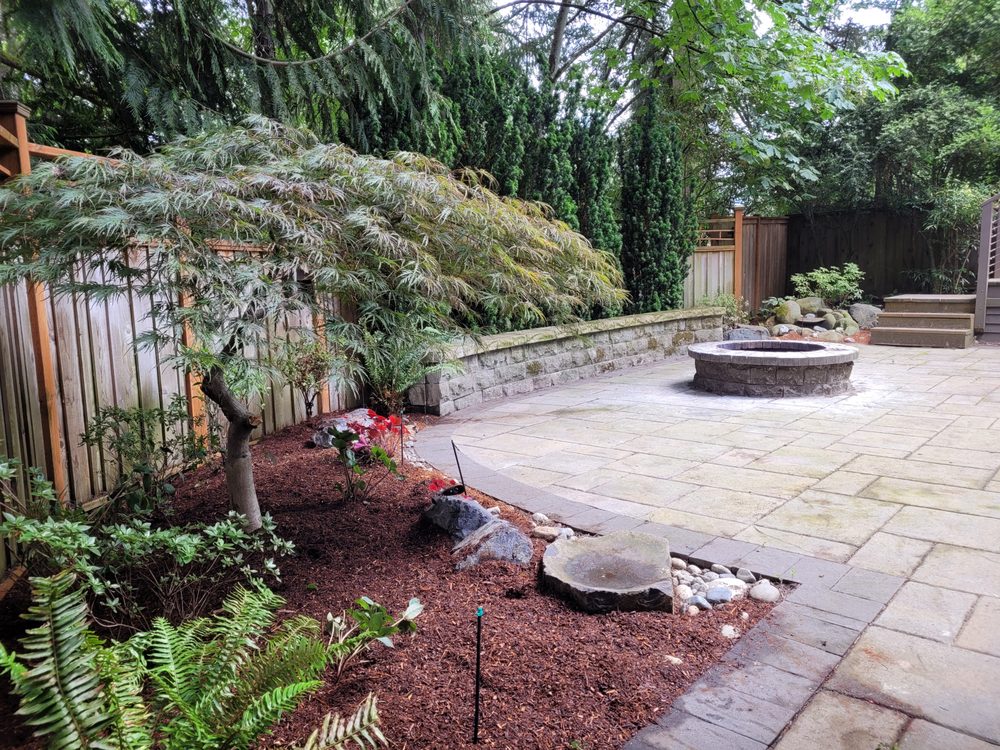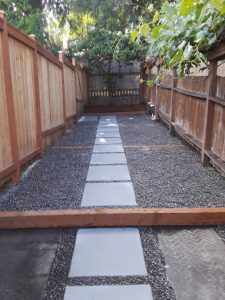The Art of Tree Planting: Essential Tips for a Thriving Yard
As the old Chinese proverb wisely reminds us, “the best time to plant a tree is 20 years ago, and the second-best time is now!” Planting trees not only enhances the beauty of your landscape but also offers numerous benefits such as improved air quality, providing shade, and increasing property value. However, for your trees to flourish and thrive, it’s essential to follow a structured process, from selecting the right tree to providing ongoing care.
Essential Tree Planting Tips
| Tip | Details |
|---|---|
| Choose the Right Tree for Your Yard | Select species suited for Seattle’s climate and soil, such as Western Red Cedar, Douglas Fir, and Bigleaf Maple. Consider whether the tree is meant for shade, aesthetics, privacy, or fruit. |
| Select the Perfect Location | Ensure there’s enough space for the tree’s roots and canopy to grow. Check sunlight requirements and avoid planting near utility lines, pipes, or structures to prevent root damage. |
| Plan the Best Time to Plant | Early spring or fall is ideal for planting in Seattle, as moderate temperatures and rainfall help with root establishment. |
| Prepare the Planting Site | Test the soil’s pH (ideally 6-7) and amend it as needed for fertility and drainage. Dig a hole 2-3 times the width of the root ball but only as deep as the root ball itself. |
| Plant with Care | Place the tree’s root ball at ground level. Backfill with soil, packing it gently to remove air pockets. Create a watering basin around the base for water retention. |
| Water Regularly | Water thoroughly after planting and ensure consistent watering during dry periods. Avoid overwatering to prevent root rot. |
| Mulch for Moisture Retention | Apply 2-3 inches of organic mulch around the base of the tree (avoiding direct contact with the trunk) to retain moisture and suppress weeds. |
| Provide Support if Necessary | Use stakes for taller trees or those in windy areas to provide stability. Remove stakes after one year to allow natural growth. |
| Prune Properly | Prune dead, damaged, or crossing branches to encourage healthy growth. Avoid heavy pruning in the first year and prune again as the tree matures. |
| Monitor and Maintain | Inspect regularly for pests, diseases, or signs of stress. Fertilize sparingly and only if necessary. |
The Process of Planting a Tree
| Process Step | Description |
|---|---|
| Research and Selection | Choose the appropriate tree species based on your region’s climate, soil, and landscape goals. Ensure the species fits the space and your needs. |
| Site Preparation | Test the soil’s pH and nutrients. Amend soil if necessary. Dig a hole wide enough for the root ball, typically 2-3 times the width but as deep as the root ball. |
| Tree Placement | Place the tree in the hole, ensuring the root ball is level with the ground surface. Backfill with soil and gently pack it to remove air pockets. |
| Initial Watering and Mulching | Water the tree deeply to settle the soil. Apply 2-3 inches of mulch around the base, ensuring the mulch is not in direct contact with the trunk. |
| Support and Pruning | Stake the tree if it’s tall or planted in a windy area. Prune any dead, damaged, or crossing branches to promote healthy growth. |
| Ongoing Care | Water the tree regularly, especially during dry periods. Check for pests or diseases and monitor the tree’s health as it grows. |
Benefits of Hiring a Contractor for Tree Planting
While tree planting can be a fulfilling DIY project, hiring a professional landscaping contractor offers several key benefits:
| Benefit | Description |
|---|---|
| Expert Knowledge and Experience | Contractors have specialized knowledge about tree species and can recommend the best options for your yard. They use proper planting techniques, ensuring the best chances for tree health and growth. |
| Access to Quality Trees and Materials | Contractors have access to high-quality trees from reputable nurseries, ensuring healthy trees and the right materials for the job. |
| Efficiency and Time-Saving | Professional contractors complete tree planting tasks efficiently, saving you time and effort on research, digging, and planting. |
| Tree Placement and Design | Contractors help design your landscape, considering factors like sunlight, spacing, and potential hazards to ensure trees are planted in the best locations. |
| Correct Planting Depth and Techniques | Contractors ensure proper planting depth, avoiding common DIY mistakes like planting too deep, which can lead to poor growth or root issues. They also know when to provide support like staking. |
| Guarantees and Warranties | Many contractors offer warranties, ensuring that if the tree fails to establish or encounters issues, they will replace or fix it without additional costs. |
| Long-Term Health | Contractors provide ongoing care advice, helping with watering, mulching, and pest management. They can detect early signs of disease or pests, preventing future issues. |
| Safety Considerations | Professionals reduce the risk of injury from heavy lifting or improper tool use. They are trained to avoid damage to utilities, buildings, or existing landscaping. |
| Cost-Effective in the Long Run | Professional planting reduces the risk of costly mistakes or tree replacement. Trees planted by contractors are more likely to thrive, saving money in the future. |
Ready to Plant Your Tree?
Tree planting is a rewarding and environmentally beneficial activity that can transform your landscape. By following the essential tips for tree planting and ongoing care, you can enhance your yard’s beauty and ensure the health of your trees. If you’re short on time, lack the necessary tools, or want expert guidance, hiring a professional contractor offers peace of mind, ensuring your tree thrives for years to come. Whether you’re planting a single tree or designing a full landscape, professionals bring the knowledge, efficiency, and care that guarantees success.



















